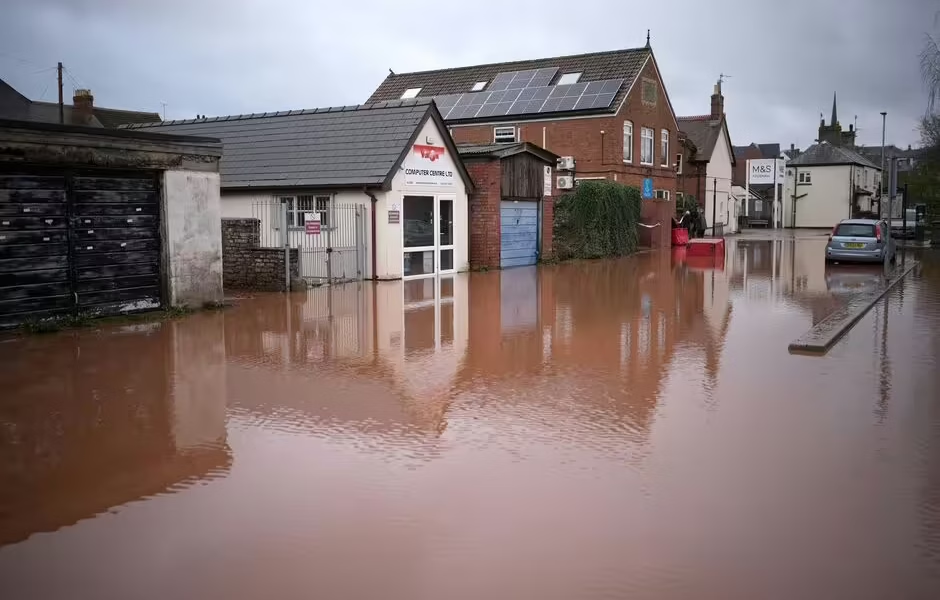
Storm Claudia led to flooding across the UK (Image: Getty)
Campaigners have urged Labour to bolster planning rules in a bid to prevent building on flood plains.
Any loosening of planning rules has been slammed as “irresponsible”, with warnings it risks causing misery for thousands of people.
More than 100,000 new homes could be built on the highest-risk flood zones in England in the next five years as part of the government’s push for 1.5m extra properties by the end of this parliament.
Heather Shepherd, co-founder of Flooded People UK said: “Being flooded is a horrific and traumatic experience that can bring potentially life changing losses.
“Given the UK faces more flooding driven by climate change, we must end the irresponsible decision to loosen planning rules and stop new development on flood plains.”
Her organisation has warned that the Government’s plans to build on flood plains risk storing up misery for many more communities.
Meanwhile, worsening storms and floods driven by climate change, may put more homes at risk.
Storm Claudia earlier this month led to a major incident being declared, homes being evacuated and severe flood warnings.
In 2020-21 and 2021-22, 7% of new properties were built on the highest-risk flood plain, known as zone three, according to the Climate Change Committee’s most recent progress report.
If the trend continues at the current rate, about 105,000 new homes will be built on flood zone three by the end of this parliament.
Emma-Jane Jones, 54, has described how she has claimed more than £70,000 from insurance following two devastating floods.
The resident of Trowell, in Nottinghamshire, spent up to eight months cleaning up after one flood incident.
Emma told how the last remaining field designated for flood alleviation is now scheduled for development.
She said: “We fear this latest development will worsen our future flood risk and are challenging this crazy decision. Further development will only make matters worse, especially given the increasing heavy rainfall episodes that might come in future years with changing weather.”
“Whilst we’ve received some help from property resilience measures from the Environment Agency, at the last storm event these didn’t work – the water in my home bubbled up through the floor. We’re really worried that simply not enough is being done to prevent future development, storing up more risk – especially if future storms and rainfall gets worse because of climate change.”
Jenny Baxter, 45-year-old Trowell resident, told how their community first flooded in 2019 when Boundary Brook overtopped with almost no warning.
She added: “It has happened repeatedly since; again in 2020 and 2023 and in both 2024 and this last week we narrowly avoided significant flooding by only a few centimetres. The brook is responding faster and more severely than it used to, and we believe the baseline risk here has changed.
“Many residents in this area are elderly or vulnerable and live in single storey bungalows, meaning there is no upstairs to move belongings to. Even on nights of heavy rain people cannot sleep because they are monitoring the water levels or preparing for evacuation. The ongoing near misses create huge pressure and anxiety across the whole community.”
Some experts have warned that some towns may need to be abandoned as homes and businesses struggle to get insurance in areas repeatedly battered by storms and rising sea levels.
Ms Shepherd said: “The experience of the community in Trowell reflects a wider problem. Successive Governments have deregulated planning. Under the current system, there is close to nothing to prevent one person from placing another at risk. Not getting this right will lead to the taxpayer or flooded households picking up the tab, as we face rising risk from flooding.”
An Government spokesman said: “This is completely inaccurate. We have no plans to build on floodplains and are clear that any new developments should be built away from areas at the highest risk of flooding.”




